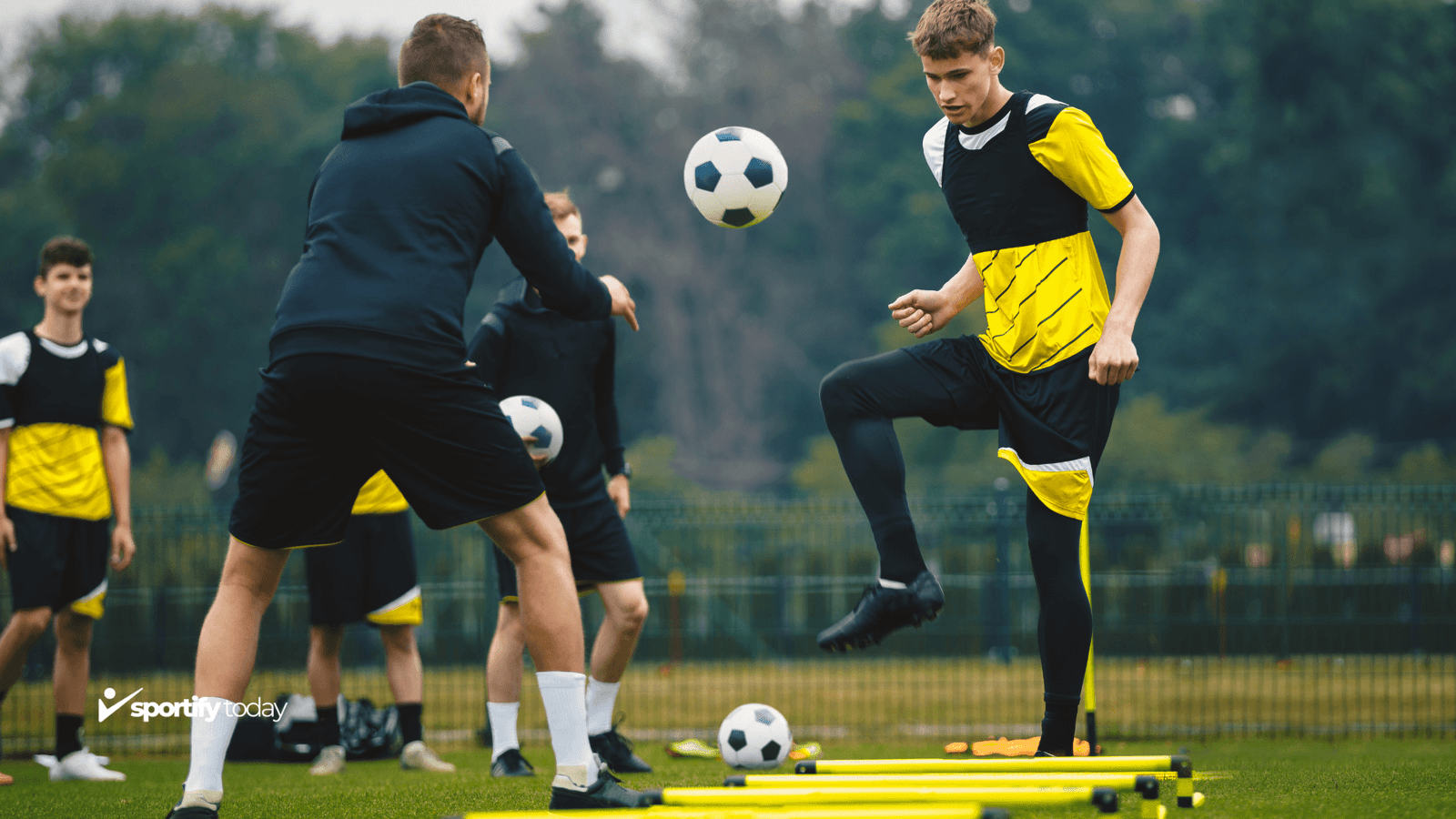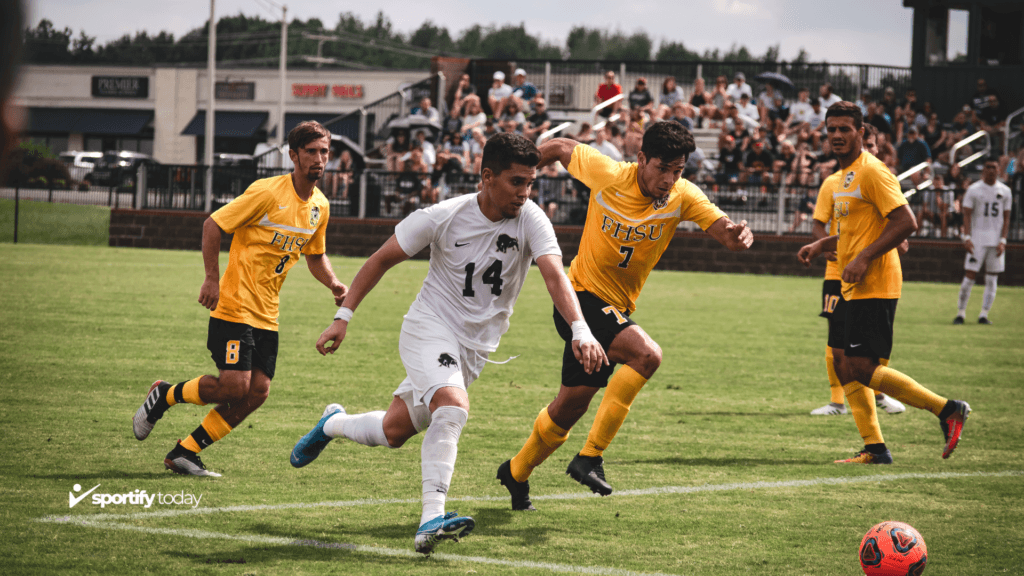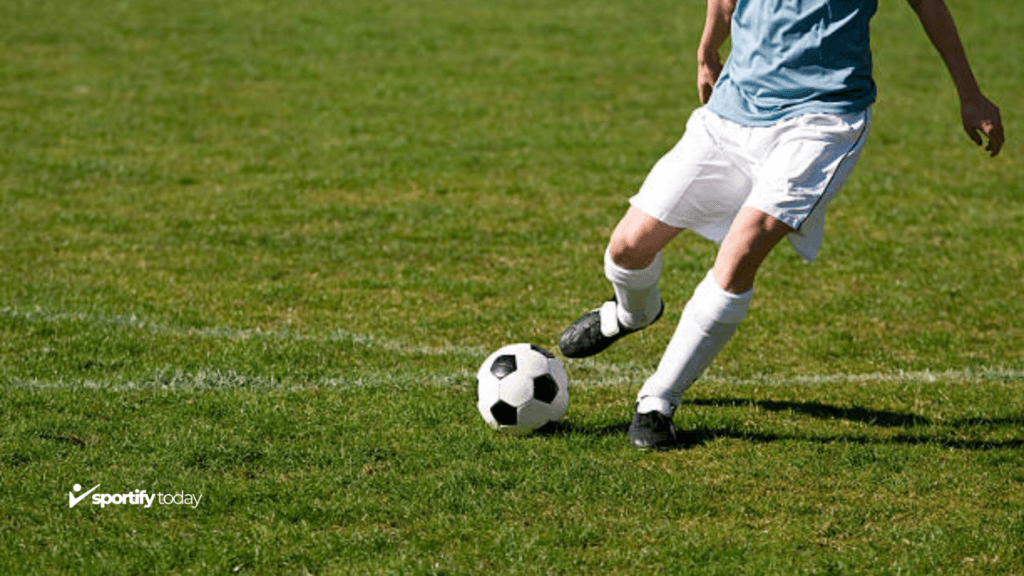
Introduction
In American football, the safety position is critical to a team’s defensive strategy, serving as the last line of defense against opposing offenses. Safeties are versatile players who must excel in various roles, including pass coverage, run support, and tackling. The Strong Safety Position in Football is a defensive role, typically responsible for covering the run and supporting pass defense. Players in the Strong Safety Position in Football need to be versatile, combining tackling skills with coverage abilities.
This article will explore the different safety positions, their responsibilities, and how they contribute to a successful defense.
Safety Positions in Football
There are two main types of safety positions in football the free safety and the strong safety. Each has unique responsibilities and skill sets that are essential for a well-rounded defense.
Free Safety

The free safety (FS) typically plays deeper in the secondary and is responsible for covering the field against deep passes. Key characteristics include:
Pass Coverage: Free safeties are often tasked with reading the quarterback and anticipating throws, making them crucial for intercepting passes and defending against deep routes.
Field Awareness: They must have excellent situational awareness to react quickly to offensive plays and provide support to cornerbacks.
Versatility: Free safeties often have the freedom to roam the field, allowing them to make plays on the ball and support run defense when necessary.
| Responsibility | Description |
|---|---|
| Pass Coverage | Reading the quarterback and anticipating throws. |
| Field Awareness | Excellent situational awareness for quick reactions. |
| Versatility | Freedom to roam the field. |
Strong Safety

The strong safety (SS) aligns closer to the line of scrimmage and is more involved in run support. Key characteristics include:
Run Support: Strong safeties are responsible for stopping running plays and must be physical enough to tackle ball carriers effectively.
Pass Coverage: They also cover tight ends and running backs, requiring good coverage skills for short to intermediate routes.
Blitzing: Strong safeties may be called to blitz the quarterback, adding pressure on passing plays.
| Responsibility | Description |
|---|---|
| Run Support | Stopping running plays and tackling ball carriers effectively. |
| Pass Coverage | Covering tight ends and running backs for short to intermediate routes. |
| Blitzing | Adding pressure on passing plays by blitzing the quarterback. |
Variations of the Safety Position
In addition to the traditional free and strong safety roles, some teams may employ variations of the safety position, such as:
Hybrid Safeties: These players possess skills from both safety and linebacker positions, allowing them to adapt to various offensive schemes.
Box Safeties: Positioned closer to the line of scrimmage, box safeties focus primarily on run support while still having the ability to cover short passes.
| Type | Description |
|---|---|
| Hybrid Safeties | Skills from both safety and linebacker positions for various defensive scenarios. |
| Box Safeties | Closer to the line, focusing on run support while covering short passes. |
Run Play Responsibilities

Both free and strong safeties have important responsibilities during run plays:
Strong Safety: Primarily responsible for stopping the run, the strong safety must read the play quickly, fill gaps, and tackle the ball carrier.
Free Safety: While not the primary run stopper, the free safety must still be aware of run plays and provide support when necessary, often reading the play from a deeper position.
| Type | Description |
|---|---|
| Strong Safety | Responsible for stopping the run, filling gaps, and tackling the ball carrier. |
| Free Safety | Aware of run plays, providing deep coverage to prevent big gains. |
Pass Play Responsibilities

During pass plays, safeties must fulfill specific roles to defend against the pass effectively:
Free Safety: Focuses on deep coverage, reading the quarterback’s eyes, and positioning themselves to intercept or deflect passes. They often provide help to cornerbacks covering deep routes.
Strong Safety: Responsible for covering tight ends and running backs, the strong safety must ensure they are in position to defend against short to intermediate passes while also being ready to assist in run support.
| Responsibility | Description |
|---|---|
| Run Support | Stopping running plays and tackling effectively. |
| Pass Coverage | Covering tight ends and running backs for short to intermediate routes. |
| Blitzing | Pressuring the quarterback on passing plays. |
Conclusion
The safety positions in football free safety and strong safety are vital components of a successful defensive strategy. Each position has distinct responsibilities and skill sets, allowing them to contribute effectively to both run and pass defense.
People also ask
1.Is strong safety a difficult role in football?
strong safety is demanding as it entails physical tasks and defectors multifaceted tasks.
2.which is the safest position to occupy while on the football pitch?
kicker is one of the safest positions that are played in football since one is rarely involved in body contact.
3.When talking about strong safety what does this term imply in the football sport?
Safety is a position of a defensive back who concerns himself with halting the team’s run and also works on defending the team’s tight ends and running backs.
4.The strongest position in the football team is the one of the goalkeeper?
The most formidable is the quarterback whom everybody recognizes as the leader of the playing field and that has the potential to alter the game’s outcome.
Also read: Safety In Football Position

Leave a Reply